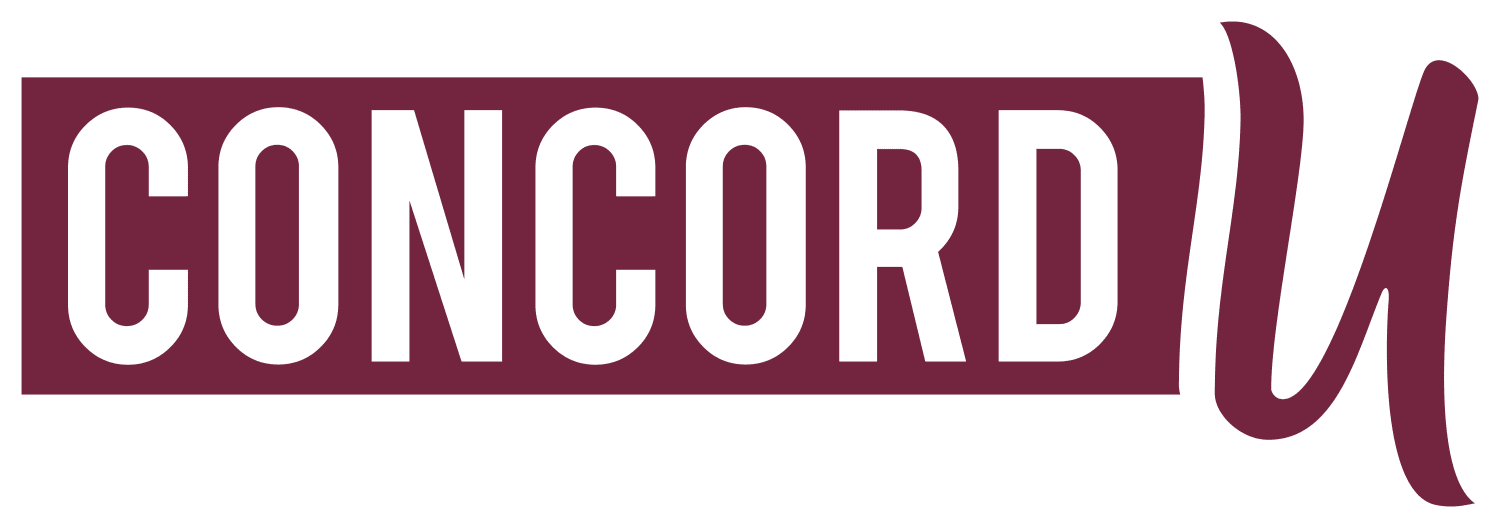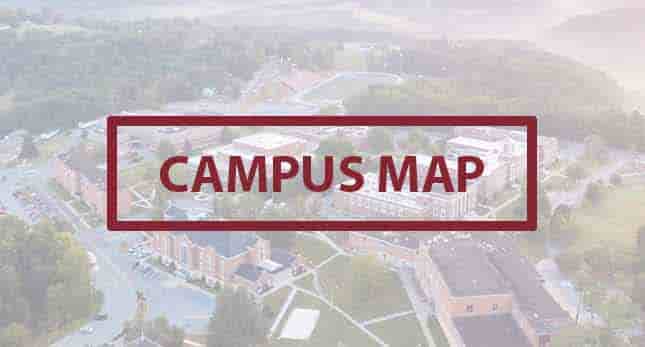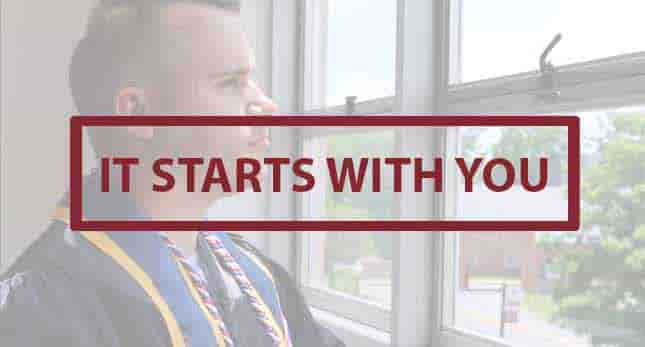Federal Aid Programs
The U.S. Department of Education awards more than $120 billion a year in grants, work-study funds, and loans to more than 13 million students. Federal student aid covers such expenses as tuition and fees, room and board, books and supplies, and transportation. Aid also can help pay for other related expenses, such as a computer and dependent care. Thousands of schools across the country participate in the federal student aid programs; ask the schools you’re interested in whether they do!
Federal student aid includes:
Grants — financial aid that does not have to be repaid (unless, for example, you withdraw from school and owe a refund)
Loans — borrowed money for college or career school, which you must repay, with interest
Work-Study — a work program through which you earn money to help you pay for school
Students are required to submit a Free Application for Federal Student Aid form for every year they are enrolled in school to stay eligible for federal student aid.
This grant is awarded to undergraduate students pursing their first undergraduate degree with financial need. Federal Pell Grant award amounts vary depending on the student’s enrollment status: full-time, 3/4-time, 1/2-time, and less-than 1/2-time. Concord University initially awards Federal Pell Grant based on projected full-time enrollment. When a student does not begin attendance in all of his or her classes resulting in a change in the student’s enrollment status, the Federal Pell Grant must be recalculated. There is a maximum lifetime period for which a student may receive a Federal Pell Grant, which is known as Pell Lifetime Eligibility Used (LEU). The maximum lifetime limit for Federal Pell Grant is 12 full-time semesters or its equivalent measured by the percentage of the student’s scheduled award used or received each award year.
This grant is awarded to Federal Pell Grant eligible undergraduate students based on financial need as determined by completion of a FAFSA each year. Priority SEOG awarding is given to Pell eligible students who have the lowest Expected Family Contribution (EFC). Due to limited funding availability, typically only Federal Pell Grant eligible students with a zero EFC are awarded Federal SEOG.
Federal Work-Study provides part-time jobs for undergraduate and graduate students with financial need, allowing them to earn money to help pay education expenses. The program encourages community service work and work related to the student’s course of study. The amount of any other student aid for which you might qualify may affect the amount of or the eligibility for Work-Study.
Students can view all available employment options on Handshake. The amount you earn can’t exceed your total Federal Work-Study award. When assigning work hours, your employer or your school’s financial aid office will consider your class schedule and your academic progress.
Students may not begin work until all hiring requirements have been met. This means the CU position must have been approved; students must complete the full Student Employment Application, either for new or returning student employment; meet with payroll in the Business Office; and be given permission to begin employment through the Business Office. With new payroll procedures in place via Kronos, it is very important that students and supervisors are trained in Kronos to ensure proper payment. Please keep in mind that students are paid by the hour, every 2 weeks but will be held back the first pay period; students are paid directly to their bank account.
Federal Direct Stafford Loans are federal loans available to degree-seeking undergraduate and graduate students enrolled at least half-time. Half-time at Concord University is defined as six credit hours for undergraduates and five credits for graduate students. Federal Direct Loans can be subsidized and/or unsubsidized. These loans are not credit-based and carry a current origination fee of 1.057%. The origination fee is deducted from the loan amount prior to its disbursal to the university. The Federal Direct Loan is borrowed directly from the U.S. Department of Education.
The Federal Direct Subsidized Loan is awarded on the basis of financial need as determined by the FAFSA. As long as the student is enrolled at least half-time, no interest will accrue prior to repayment of the loan or during authorized periods of deferment.
The Federal Direct Unsubsidized Loan is not awarded on the basis of financial need. Unlike a subsidized loan, interest will begin to accrue immediately from the time the loan is disbursed until it is paid in full. Students are permitted the option of paying the interest each quarter or deferring interest payments until they enter repayment. If the student allows the interest to accrue while they are in school or during other periods of nonpayment, it will be capitalized – that is, the interest will be added to the principal amount of the loan, and additional interest will be based on that higher amount.
Depending on a student’s financial need, their Federal Direct Loan could be a combination of both subsidized and unsubsidized.
Annual Subsidized & Unsubsidized Direct Loan Limits for Undergraduate Students
| Grade Level | Dependent Students | Independent Students or Dependents with PLUS Denial |
|---|---|---|
| Freshman (0-29 Earned Credits) | $3,500 Subsidized + $2,000 Unsubsidized | $3,500 Subsidized + $6,000 Unsubsidized |
| Sophomore (30-59 Earned Credits) | $4,500 Subsidized + $2,000 Unsubsidized | $4,500 Subsidized + $6,000 Unsubsidized |
| Junior (60-89 Earned Credits) | $5,500 Subsidized + $2,000 Unsubsidized | $5,500 Subsidized + $7,000 Unsubsidized |
| Senior (90+ Earned Credits) | $5,500 Subsidized + $2,000 Unsubsidized | $5,500 Subsidized + $7,000 Unsubsidized |
| Aggregate Limits | Undergraduate Subsidized Limit $23,000
Undergraduate Dependent Combined Limit (subsidized and unsubsidized) $31,000 |
Undergraduate Subsidized Limit $23,000
Undergraduate Independent Combined Limit (subsidized and unsubsidized) $57,500 |
Graduate and Professional School Students
The Federal Stafford loan is a low-cost, fixed-rate federal student loan available to graduate and professional school students, not just undergraduate students. Federal Stafford loans are the most common – and among the lowest-cost – way to pay for graduate and professional school. As of July 1, 2012, only unsubsidized Federal Stafford loans are available to graduate students. Listed below are some benefits of the Federal Stafford Loan for Graduate and Professional School Students:
1. Low fixed interest rate
2. Borrow up to $20,500 per year.
3. No payments while enrolled in school.
4. Acceptance not based on credit.
5. Graduate Subsidized Limit (including all undergraduate loans) $65,500 borrowed prior to 2012
Graduate Combined Limit (including all undergraduate loans) $138,500
What additional steps must I take to receive my loan?
If your financial aid package includes federal student loans, you can view your awards, as well as the Terms and Conditions, on your MyConcordU account by following these steps:
1. Log into your MyConcordU Account
2. Click on Self Service under Tools
3. Click on Financial Aid tab
4. Click on Award
5. Click on Award by Aid Year
6. Select aid year
7. Click on Accept Award Offer
If it is your first time receiving a Direct Loan, you MUST go to www.studentaid.gov to complete:
Entrance counseling, a tool to ensure you understand your obligation to repay the loan; and
Sign a Loan Agreement or (Master Promissory Note), agreeing to the terms of the loan.
Repayment of Student Loans
Repayment of all Federal Direct Loans typically begins six months after a student graduates, withdraws, or drops below 6 credit hours. This period of time is called a grace period. Students are granted one grace period. Students may have longer than six months if they are on active duty in the military.
We’ve partnered with Inceptia to answer all of your student loan repayment questions. Inceptia, a division of National Student Loan Program (NSLP), is a nonprofit organization providing expertise in higher education access, student loan repayment, analytics, default prevention, financial education and verification. Inceptia educates students on how to pay for college, guides borrowers through loan repayment counseling, and provides default prevention strategies and services to schools. You can reach an Inceptia counselor at 855-471-1614.
The U.S. Department of Education makes Direct PLUS Loans available for parents to help fill the gap in paying for your child’s college education, or graduate students if the maximum loan amount accepted does not cover expenses.
- A PLUS loan application must be submitted at https://studentaid.gov/
- Determination is based on credit history
- Approval or denial is given at the end of the application
- Approval yields maximum loan amount, which is the cost of attendance minus any other financial aid received
- Denial yields Federal Direct Unsubsidized loan offered to student, $4,000-$5,000 per year
- For more information on Direct PLUS loans, please visit https://studentaid.gov/
If approved for a Direct PLUS loan, and you agree to the terms of the loan, you must sign a Loan Agreement or Master Promissory Note at https://studentaid.gov/.
Appeal Process for Credit Denial
If denied, should you or your parent wish to appeal an adverse credit decision, take the following steps:
- Contact Application Services at 800.557.7394 to speak with a representative from the U.S. Department of Education (Monday-Friday, 8 a.m. to 8 p.m. ET) or
- Find an endorser for the loan and complete an official endorser addendum located on the federal website.
The U.S. Department of Education announced that it will implement changes to the adverse credit history provisions for the determination of an applicant’s eligibility for a Direct PLUS Loan. The regulations also added a requirement that PLUS Counseling must be completed by Direct PLUS Loan applicants (by parents of dependent undergraduate students, as well as graduate/professional students) with an adverse credit history who qualify for a Direct PLUS Loan by obtaining an endorser who does not have an adverse credit history, or who document to the satisfaction of the Department that there are extenuating circumstances related to the adverse credit information.
The new PLUS Counseling requirement will apply to all Direct PLUS Loan applicants with an adverse credit decision date on or after March 29, 2015, regardless of the academic year or loan period associated with the Direct PLUS Loan. The counseling can be completed at https://studentaid.gov/
Please note that any originated loan will be submitted to the National Student Loan Data System (NSLDS). This site is the U.S. Department of Education’s (ED’s) central database for student aid. NSLDS receives data from schools, guaranty agencies, the Direct Loan program, and other Department of ED programs. NSLDS Student Access provides a centralized, integrated view of Title IV loans and grants so that recipients of Title IV Aid can access and inquire about their Title IV loans and/or grant data.


